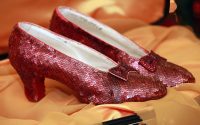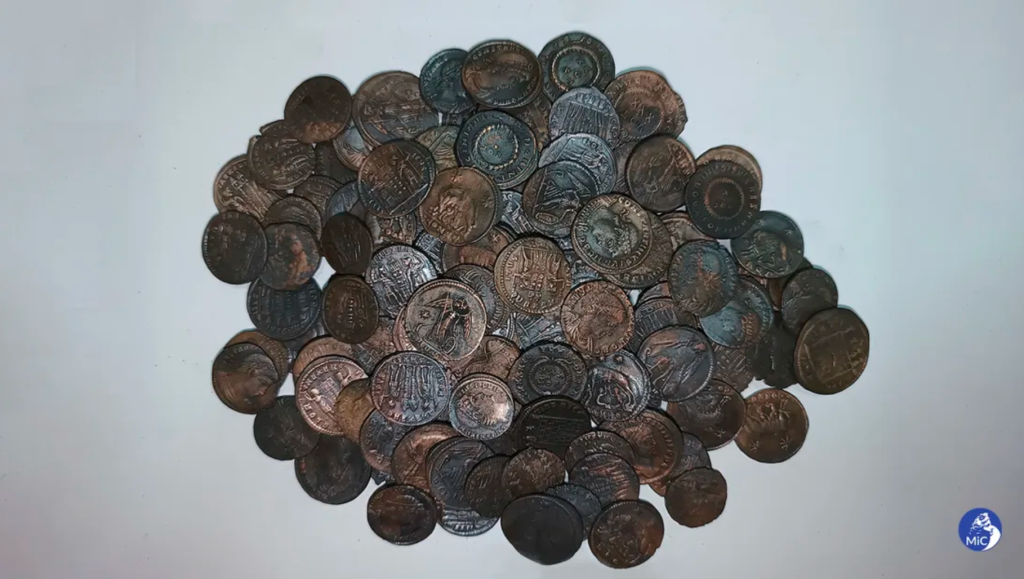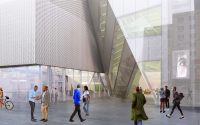Chinese Collector Qiao Zhibing Shutters a Shanghai Art Space as the West Bund Faces Changes
Qiao Space, a private art space in Shanghai founded by one of the leading contemporary art collectors in China, was closed and demolished this June as part of government redevelopment efforts in West Bund.
Qiao Space was founded in 2015 by Qiao Zhibing, who has appeared on the annual ARTnews Top 200 Collectors list each year since 2013. Qiao is also the founder of Tank Shanghai, a private museum that has welcomed international dignitaries and art world luminaries when they have visited Shanghai and the extended West Bund area.
For the past decade, the West Bund has been known for its groundbreaking private museums, art galleries, and artists’ studios. ShanghArt, one of China’s earliest galleries for contemporary art, has been closed, as have Don Gallery, Aike Gallery, Part Group, and artist Ding Yi’s studio.
For now, Tank Shanghai is safe, since it is on the other side of the road (near the Huangpu River) and has a relatively long-term agreement with government-managed enterprises. That institution, along with two other private museums, the Long Museum and the Start Museum, as well as the West Bund Museum, form a “cultural corridor at a relatively minimal level,” according to industry insiders.
Qiao Space was known for showcasing works by contemporary artists such as Zeng Fanzhi, Zhang Xiaogang, and Zhang Enli. Unlike some of the other resident galleries, it did not hold a closing event. However, artists and arts enthusiasts visited the site during its closure and demolition, documenting its ending with photographs and videos.
Speaking to ARTnews via phone from Shanghai, Qiao said, “This happened rather suddenly. We were just informed in March that the whole area needed to be shut down so we only had three months to process this development.”
Given the suddenness of the decision, the Chinese entrepreneur and night club owner is still considering whether he wants to reopen Qiao Space in a new physical space. Currently, Tank Shanghai has “a lot of space” to hold exhibitions, he said, and Qiao Space’s next exhibition will be held there.
Shanghai- and Beijing-based independent curator Evonne Jiawei Yuan noted, “It’s indeed a pity to see this demolition of at least five art institutions in one block at West Bund, including two collectors’ spaces and three commercial galleries, which were all of the pioneering generation boosting the development of this art zone a decade ago along with some leading architects’ offices and private museums.”
Last year saw the Yuz Museum, previously a key attraction in the West Bund, relocate an hour away from downtown Shanghai, as well as the permanent closure of the Shanghai Center of Photography. The Art Tower was sold to tech titan Alibaba, which is set to use the premises as part of its Shanghai headquarters.
In interviews with ARTnews, industry insiders said that, during the past decade, the West Bund area has faced significant changes, with the government pushing out policies such as rental discounts to attract galleries, museums, and artists. However, in recent years, this policy has shifted, and more efforts have been made to cultivate the area as a zone of technology and finance, with a special focus on AI and big data.
“The local government enterprises changed their strategy and withdraw the preferential policy of letting out spaces on the art industry at low rates due to the downcycle of the real estate market,” Yuan said. “Actually, all the spaces got notices a few years ago that they would have been removed one day and it finally happened this year.”
Mathieu Borysevicz, founder of BANK Gallery, said, “Artists and art spaces have been the catalyst for gentrification worldwide and Shanghai has been no exception. In fact, the history of contemporary arts in Shanghai has been plagued with nomadism from the outset. Gallery centers and studio enclaves seem to relocate every five years or so. China’s maxim of certain uncertainty rules supreme.”
Nonetheless, Qiao remains optimistic, currently considering how to embrace the changes of the local and global art scene while creating and supporting relevant and timely contemporary art.
“This indicates the general environment is changing—we just need to get used to it,” he said. “You cannot change the environment, you need to adjust yourself to the environment. I believe in the creation and energy of art.”



